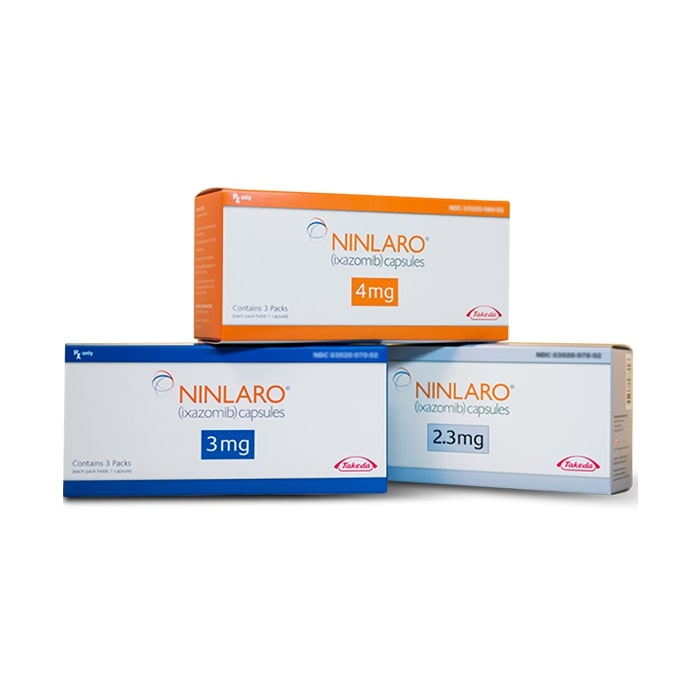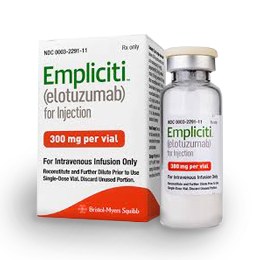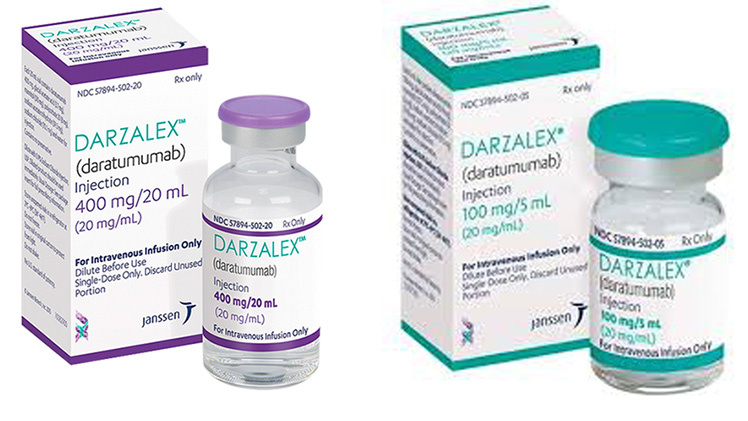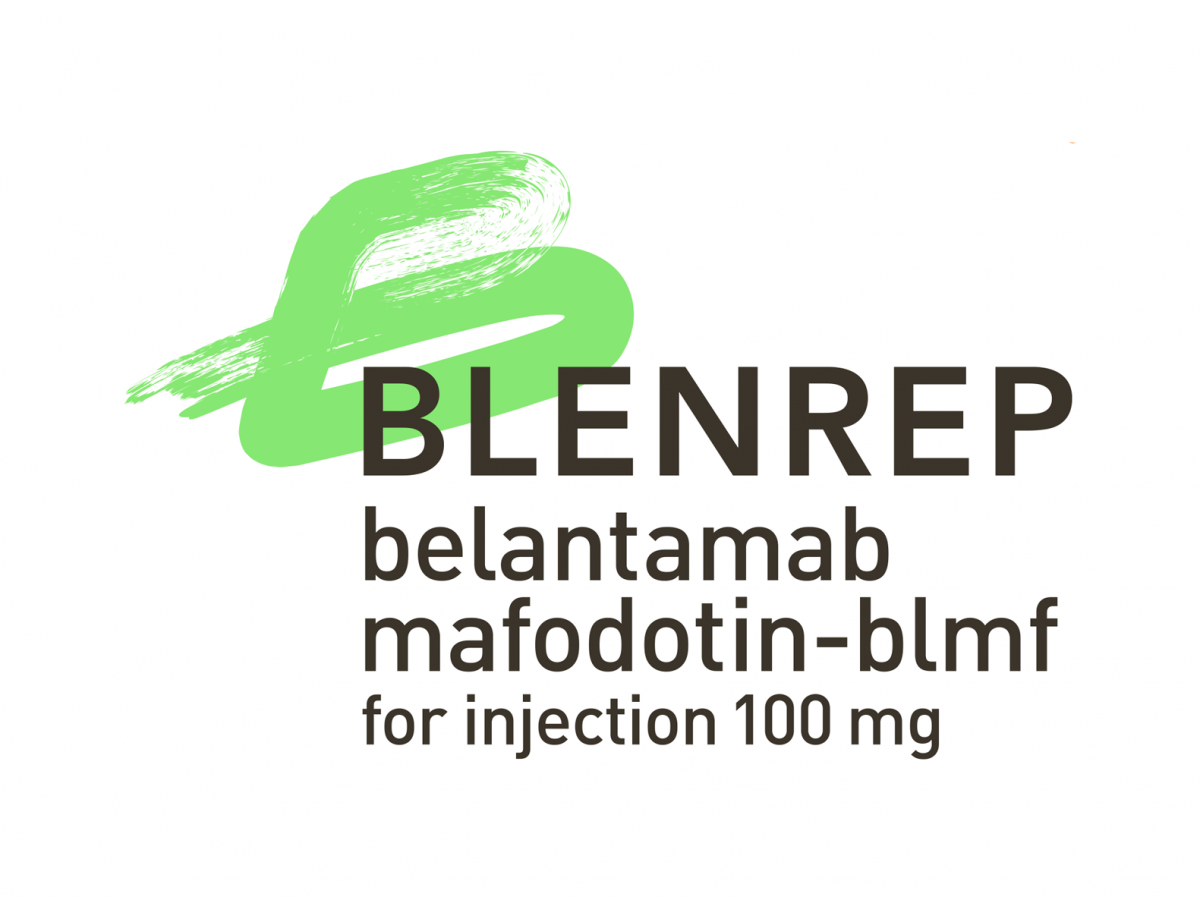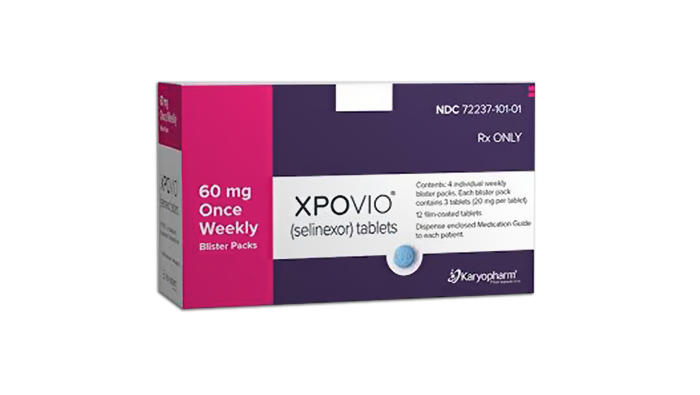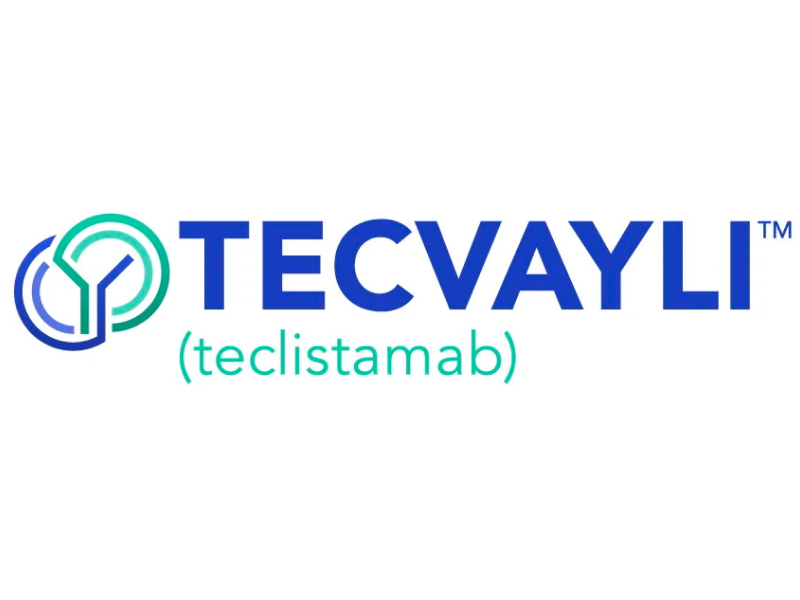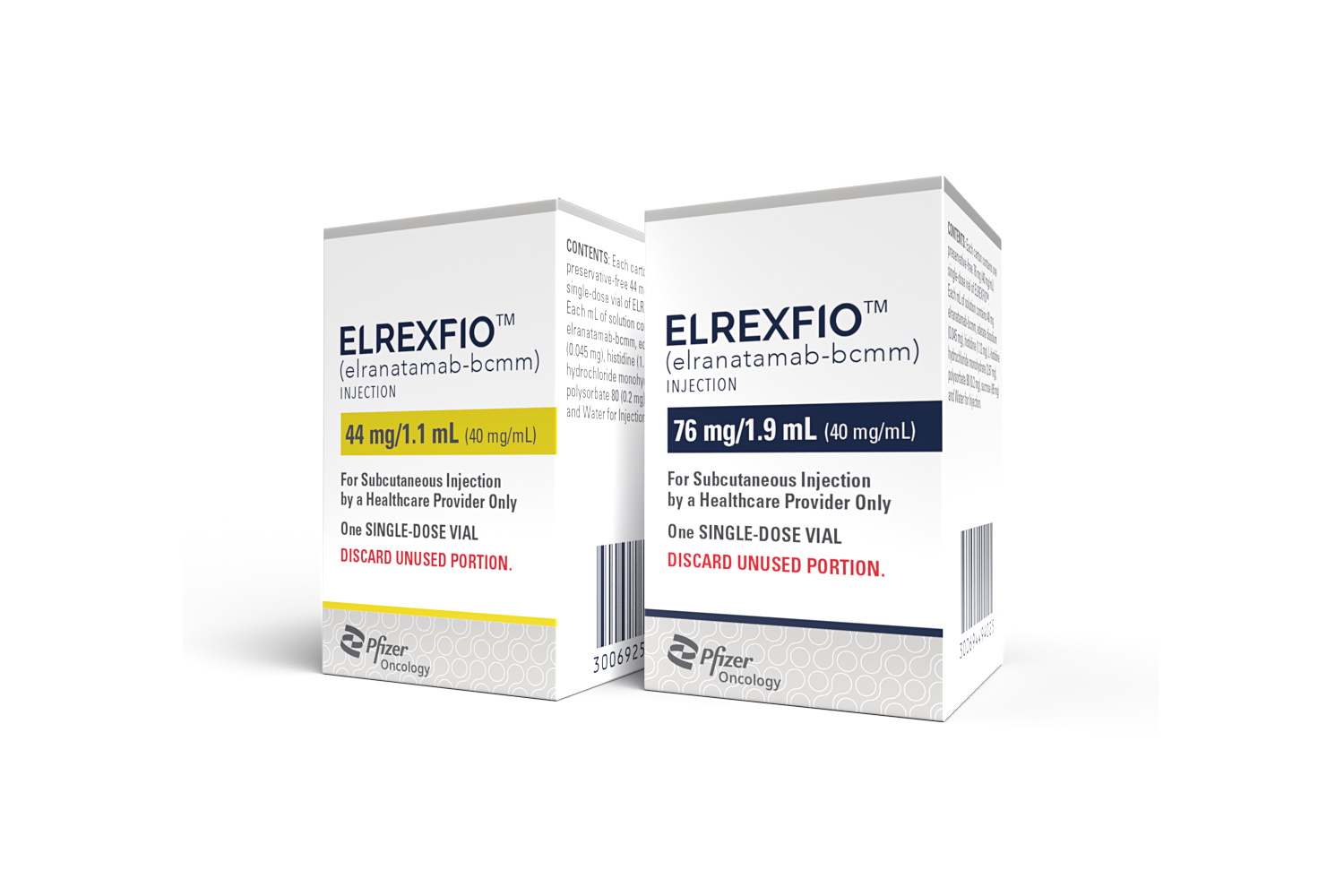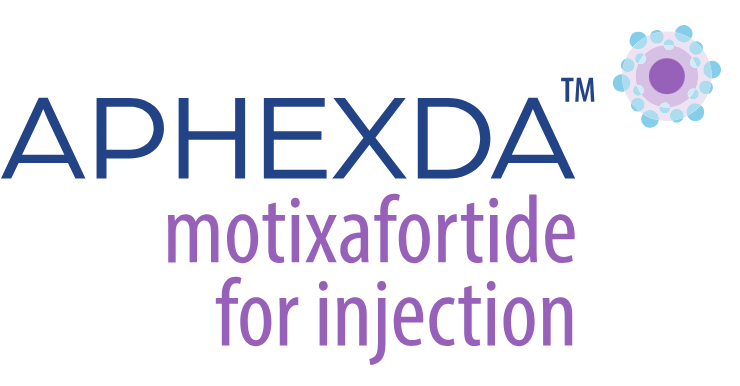New Multiple Myeloma treatments 2024
New Multiple Myeloma Treatments 2024
Multiple myeloma is a type of cancer that forms in a type of white blood cell called a plasma cell. Plasma cells help you fight infections by making antibodies that recognize and attack germs. In multiple myeloma, cancerous plasma cells accumulate in the bone marrow and crowd out healthy blood cells. Rather than produce helpful antibodies, the cancer cells produce abnormal proteins that can cause complications. Symptoms may include bone pain, fatigue, frequent infections, and easy bleeding or bruising.
Treatment options for multiple myeloma vary depending on the individual's specific circumstances, including the stage of the disease, the rate of progression, and the patient's overall health. Standard treatments include targeted therapy, which focuses on specific abnormalities within cancer cells that allow them to survive; chemotherapy, which uses drugs to kill fast-growing cells; and corticosteroids, which regulate the immune system to control inflammation in the body. Additionally, stem cell transplants may be considered for some patients. Patients are encouraged to discuss with their healthcare provider the potential benefits and risks of each treatment option, as well as any new medications or clinical trials that may be available.

Treatment options
| Treatment option | Estimated cost | Efficacy | Eligibility |
|---|---|---|---|
| Chemotherapy | $1,000 - $12,000 | Varies based on regimen | Most patients with Multiple Myeloma |
| Stem Cell Transplant | $100,000 - $300,000 | High in eligible patients | Patients under 70 with adequate organ function |
| Radiation Therapy | $10,000 - $50,000 | Good for localized bone lesions | Patients with localized bone disease |
| Immunomodulatory drugs (IMiDs) | $8,000 - $10,000 | High | Most patients with Multiple Myeloma |
| Proteasome Inhibitors | $9,500 - $11,000 | High | Most patients with Multiple Myeloma |
| Ninlaro (Ixazomib) | $10,000 - $14,000 | Good | Patients with at least one prior therapy |
| Empliciti (Elotuzumab) | $10,000 - $15,000 | Moderate to high | Patients with at least one prior therapy |
| Darzalex (Daratumumab) | $10,000 - $16,000 | High | Patients with at least one prior therapy |
| Blenrep (Belantamab mafodotin-blmf) | $23,000 - $25,000 | Moderate | Patients with at least four prior therapies |
| Xpovio (Selinexor) | $22,000 - $24,000 | Moderate | Patients with at least one prior therapy |
| Sarclisa (Isatuximab) | $11,000 - $13,000 | Good | Patients with at least two prior therapies |
| Tecvayli (Teclistamab) | Not available | Potential high efficacy in clinical trials | Patients in clinical trials |
| Talvey (Not FDA approved) | Not available | Unknown | Patients in clinical trials |
| Elrexfio (Not FDA approved) | Not available | Unknown | Patients in clinical trials |
| Aphexda (Not FDA approved) | Not available | Unknown | Patients in clinical trials |
| Wyost (Not FDA approved) | Not available | Unknown | Patients in clinical trials |
Treatments options in detail
Standard Treatments for Multiple Myeloma
Multiple Myeloma is typically managed with a combination of treatments, including chemotherapy, corticosteroids, targeted therapy, and stem cell transplant. The most common chemotherapy agents include melphalan, cyclophosphamide, and doxorubicin. Corticosteroids such as dexamethasone and prednisone are often used to reduce inflammation and manage symptoms.
Targeted therapy drugs such as proteasome inhibitors (bortezomib, carfilzomib, and ixazomib) and immunomodulatory drugs (thalidomide, lenalidomide, and pomalidomide) are frequently used. Autologous stem cell transplantation, where a patient's own stem cells are harvested and reinfused after intensive chemotherapy, is a standard treatment for eligible patients.
Radiation therapy may also be employed to relieve pain or to shrink tumors that are pressing on nerves or other organs. Bisphosphonates can be prescribed to strengthen bones and reduce the risk of fractures.
Ninlaro (Ixazomib)
Ninlaro, also known as ixazomib, is an oral proteasome inhibitor approved by the FDA for the treatment of multiple myeloma. It is often used in combination with lenalidomide and dexamethasone for patients who have received at least one prior therapy. Ninlaro works by blocking the proteasome, leading to an accumulation of proteins within the cells, which causes cancer cell death.
Empliciti (Elotuzumab)
Empliciti, or elotuzumab, is a monoclonal antibody that targets SLAMF7, a protein expressed on myeloma cells. It is approved for use in combination with lenalidomide and dexamethasone for the treatment of patients who have received one to three prior therapies. Empliciti works by marking myeloma cells for destruction by the immune system.
Darzalex (Daratumumab)
Darzalex, known generically as daratumumab, is a monoclonal antibody that targets CD38, a surface protein overexpressed on myeloma cells. It is approved for use as a monotherapy or in combination with other treatments for multiple myeloma. Darzalex may be used in newly diagnosed patients as well as those who have received prior treatments.
Blenrep (Belantamab Mafodotin)
Blenrep, or belantamab mafodotin, is an antibody-drug conjugate that targets B-cell maturation antigen (BCMA), a protein commonly found on the surface of myeloma cells. It is approved for patients who have received at least four prior therapies, including an anti-CD38 monoclonal antibody, a proteasome inhibitor, and an immunomodulatory agent. Blenrep delivers a cytotoxic agent directly to the myeloma cells to induce cell death.
Xpovio (Selinexor)
Xpovio, with the generic name selinexor, is a selective inhibitor of nuclear export (SINE) used in combination with dexamethasone for the treatment of patients with relapsed or refractory multiple myeloma. It works by blocking the export of tumor suppressor proteins from the nucleus, leading to their accumulation and the reactivation of their tumor suppressor function.
Sarclisa (Isatuximab)
Sarclisa, or isatuximab, is another monoclonal antibody targeting CD38. It is used in combination with pomalidomide and dexamethasone for the treatment of adults with relapsed or refractory multiple myeloma who have received at least two prior therapies including lenalidomide and a proteasome inhibitor.
Tecvayli (Teclistamab)
Tecvayli, also known as teclistamab, is a bispecific antibody that redirects T-cells to engage and eliminate B-cell maturation antigen (BCMA)-expressing myeloma cells. As of the knowledge cutoff date, Tecvayli is under investigation and has shown promise in clinical trials but has not yet received FDA approval.
Experimental and Off-Label Treatments
Several experimental treatments for multiple myeloma are in various stages of clinical trials. These include new targeted therapies, immunotherapies, and combination regimens that aim to improve outcomes and reduce side effects. Off-label use of drugs approved for other cancers or conditions sometimes occurs when standard treatments have failed, and there is some evidence to suggest potential benefit in multiple myeloma.
Medicines such as Talquetamab (Talvey), Elranatamab (Elrexfio), Cevostamab (Aphexda), and Mezigdomide (Wyost) are examples of experimental agents being evaluated in clinical trials. Talquetamab is a bispecific antibody targeting GPRC5D, a novel target on myeloma cells, and CD3 on T-cells. Elranatamab is another bispecific antibody targeting BCMA and CD3. Cevostamab is a bispecific antibody that binds to FcRH5 on myeloma cells and CD3 on T-cells. Mezigdomide is a cereblon E3 ligase modulator, part of the immunomodulatory drug class, with a mechanism of action similar to lenalidomide and pomalidomide but potentially with greater potency and different toxicity profile.
It is important to note that experimental treatments are not guaranteed to be safe or effective and are typically only available to patients enrolled in clinical trials. The use of off-label medications should be considered carefully and discussed with a healthcare provider.
Patients with multiple myeloma should work closely with their healthcare team to determine the best treatment plan based on the stage of their disease, previous treatments, overall health, and personal preferences. As research progresses, new treatments continue to emerge, offering hope for improved management of this condition.
Symptoms
Common Symptoms of Multiple Myeloma
Multiple myeloma is a type of blood cancer that affects plasma cells, a form of white blood cell that produces antibodies. The disease can lead to a variety of symptoms, some of which are more common than others. The most frequently reported symptom of multiple myeloma is bone pain, which often affects the back or ribs and can be exacerbated by movement. This pain is typically a result of bone lesions or fractures that occur because the myeloma cells interfere with the normal bone remodeling process.
Another common symptom is fatigue, which is due to anemia—a condition in which the body does not have enough healthy red blood cells to carry adequate oxygen to the tissues. This anemia is often a direct result of the myeloma cells crowding out the normal blood-forming cells in the bone marrow. Patients with multiple myeloma may also experience frequent infections due to a weakened immune system, as the abnormal plasma cells produce ineffective antibodies and reduce the production of healthy ones.
Patients with multiple myeloma may also notice kidney problems, which can manifest as changes in urine color, frequency, or volume. These issues arise because the abnormal proteins produced by myeloma cells can damage the kidneys. High levels of calcium in the blood, known as hypercalcemia, is another symptom that can occur when calcium is released from affected bones into the bloodstream. Hypercalcemia can lead to excessive thirst, frequent urination, constipation, nausea, loss of appetite, and confusion.
Less Common Symptoms of Multiple Myeloma
While less common, some patients with multiple myeloma may experience neurological symptoms. These can include numbness, weakness, or tingling, particularly in the legs, which may be due to myeloma cells affecting the nerves or spinal cord. In severe cases, spinal cord compression can occur, which is a medical emergency requiring immediate treatment.
Weight loss is another less common symptom that some individuals may experience, often due to loss of appetite or the increased energy expenditure by the body to deal with the cancer. Additionally, some patients may report bruising or bleeding more easily than usual, which can be attributed to a decrease in blood platelets that are crucial for clotting.
Swelling of the legs and feet can also occur in multiple myeloma patients, often due to kidney damage or the effects of hypercalcemia. Less commonly, patients may experience shortness of breath if anemia is particularly severe, or if myeloma cells cause fluid to build up in the lungs or around the heart.
Rarer Symptoms and Complications
Rarer symptoms of multiple myeloma include vision problems, which can result from increased blood viscosity due to the high levels of abnormal proteins in the blood. This can lead to retinal damage or other eye complications. Some patients may also experience heart problems, including heart failure, as a result of the increased strain on the heart from high blood calcium levels or damaged kidneys.
In advanced cases, multiple myeloma can lead to a condition known as amyloidosis, where abnormal protein deposits accumulate in various organs, leading to organ dysfunction. This can cause a variety of symptoms depending on the organs affected. For instance, if the heart is involved, patients may experience symptoms of heart failure; if the kidneys are affected, it can lead to kidney failure.
Another rare complication is a condition called hyperviscosity syndrome, which occurs when the blood becomes too thick due to the excessive proteins produced by myeloma cells. This can lead to confusion, dizziness, and other neurological symptoms.
Impact of Symptoms on Quality of Life
The symptoms of multiple myeloma can have a significant impact on a patient's quality of life. Bone pain and fractures can limit mobility and daily activities, while fatigue can be debilitating and affect the ability to work or engage in social activities. The increased risk of infections can lead to hospitalizations and the need for aggressive treatments, further affecting a patient's lifestyle.
It is important for individuals experiencing symptoms that may be indicative of multiple myeloma to seek medical attention for proper diagnosis and treatment. Early detection and management of symptoms can improve the prognosis and quality of life for those living with the disease.
As multiple myeloma progresses, symptoms may worsen or new symptoms may emerge. Treatment strategies often focus on controlling the disease, managing symptoms, and maintaining quality of life. It is essential for patients to work closely with their healthcare team to manage the various aspects of the disease effectively.
Due to the complex nature of multiple myeloma and its symptoms, a multidisciplinary approach to care is often required. This may include the expertise of oncologists, hematologists, nephrologists, and other specialists to address the wide range of symptoms and complications associated with the disease.
Cure
Current Understanding of Cure for Multiple Myeloma
As of the latest medical research and clinical practice, multiple myeloma remains an incurable disease. However, it is important to distinguish between a cure and control of the disease. While a cure would mean the complete eradication of the disease with no chance of recurrence, control involves managing the disease to the point where it has minimal impact on the patient's quality of life and longevity.
Treatment Goals and Remission
The primary goal of multiple myeloma treatment is to achieve a remission, which means a significant reduction or disappearance of signs and symptoms of the disease. Remission can be partial or complete, with complete remission being the closest outcome to a cure currently achievable. In some cases, patients may experience a prolonged period of remission that can last for several years, which is often referred to as functional cure or operational cure. However, most patients will eventually experience a relapse, indicating that the disease is still present at undetectable levels even during remission.
Advancements in Treatment
Advancements in treatment options, such as targeted therapies, immunotherapies, and combination therapies, have significantly improved the prognosis and quality of life for patients with multiple myeloma. These treatments can lead to deep and sustained remissions, but they do not represent a definitive cure. For instance, novel agents like proteasome inhibitors, immunomodulatory drugs, and monoclonal antibodies have changed the treatment landscape and have led to better outcomes.
Stem Cell Transplantation
High-dose chemotherapy followed by autologous stem cell transplantation (ASCT) is a treatment approach that can induce long-term remission in many patients. While ASCT can extend the duration of remission and overall survival, it is not considered a cure for multiple myeloma. Allogeneic stem cell transplantation, which involves stem cells from a donor, carries the potential for a graft-versus-myeloma effect that could lead to a cure in a small subset of patients. However, this procedure is associated with significant risks and is not commonly used due to its high morbidity and mortality rates.
Maintenance Therapy
Following initial treatment, maintenance therapy is often employed to prolong remission. Maintenance therapy typically involves the use of lower doses of drugs that were effective during the initial treatment phase. While maintenance therapy can help keep the disease under control for extended periods, it is not a curative approach.
Research and Clinical Trials
Research into multiple myeloma is ongoing, with numerous clinical trials investigating new drugs and treatment combinations. Some of these trials are exploring the potential of curative strategies, such as new immunotherapeutic approaches including chimeric antigen receptor (CAR) T-cell therapy. While promising, these treatments are still under investigation and are not yet established as cures for multiple myeloma.
Genetic and Molecular Research
Genetic and molecular research is contributing to a better understanding of the disease, which may eventually lead to the development of curative treatments. By identifying specific genetic mutations and molecular pathways involved in the progression of multiple myeloma, researchers are working to create targeted therapies that could potentially cure the disease.
Quality of Life and Supportive Care
While the search for a cure continues, supportive care remains an essential component of multiple myeloma management. This includes treatments to manage symptoms, prevent complications, and maintain the patient's quality of life. Bone-strengthening agents, pain management, and treatment of anemia are examples of supportive care measures that are important for patients living with multiple myeloma.
Conclusion on Cure Status
In conclusion, although there is currently no cure for multiple myeloma, treatment strategies can lead to long-term remission and significantly improve the quality of life for patients. Ongoing research and clinical trials continue to explore new therapeutic avenues with the hope of finding a definitive cure in the future. Patients with multiple myeloma are encouraged to discuss the latest treatment options and clinical trial availability with their healthcare providers to determine the best approach for their individual condition.
Access Multiple Myeloma medicines today
If Multiple Myeloma medicines are not approved or available in your country (e.g. due to supply issues), you can access them via Everyone.org.
How Everyone.org works

Make an enquiry
Choose the medicine you want to access, answer a couple of questions, and upload your prescription to speed things up. We’ll get back to you within 24 hours.


Make an enquiry
Choose the medicine you want to access, answer a couple of questions, and upload your prescription to speed things up. We’ll get back to you within 24 hours.


Breeze through the paperwork
We'll guide you through the required documents for importing unapproved medicine, ensuring you have all the necessary information.


Get a personalized quote
We’ll prepare a quote for you, including medicine costs and any shipping, administrative, or import fees that may apply.


Receive your medicine
Accept the quote and we’ll handle the rest - sourcing and safely delivering your medicine.

Some text on this page has been automatically generated. Speak to your physician before you start a new treatment or medication.
Let's talk
If you have any questions, call us or send us a message through WhatsApp or email:
Contact us

